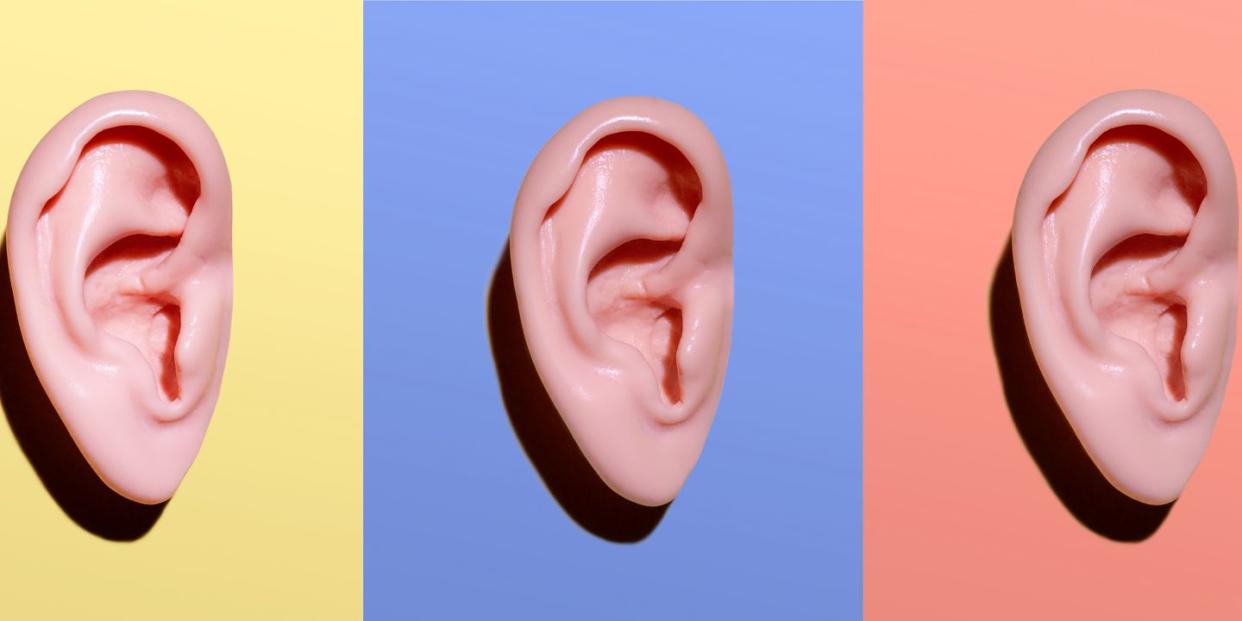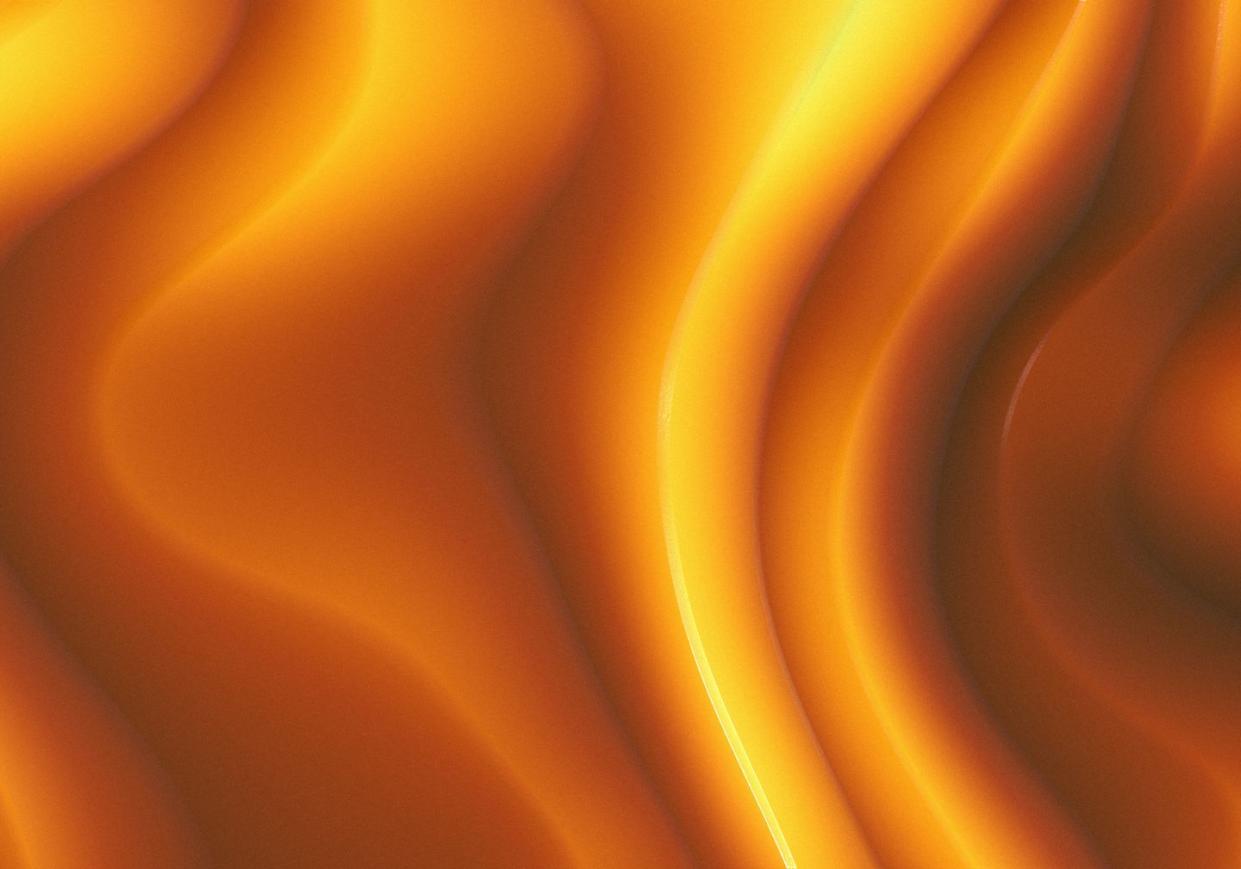TikTok Claims ‘Brown Noise’ Can Cure Your Anxiety. Here’s What the Science Says

Just like there are different colors of light, there are different colors of sound. Both naming systems are based on the frequency of the medium.
Brown noise is a low-frequency sound that some people find helpful for focusing and controlling anxiety.
Scientists are unsure if sound exposure can aid sleep or enhance focus, but caution there could actually be some health drawbacks.
Since time immemorial, white noise has been the secret weapon of light sleepers, sufferers of tinnitus, and parents of newborns everywhere. In fact, renowned sculptor and architect Gian Lorenzo Bernini invented the first white-noise machine all the way back in the 17th century.
But lately it seems Brown noise is the new white noise—at least on TikTok, anyway.
In February, a user named ADHD Assist posted a video, alleging Brown noise is “an ADHDer’s and neurodivergent’s best friend.” A teacher on TikTok says she plays it at a low volume to encourage focus in her classroom. A therapist even calls it a “game changer.” Across the platform, users say Brown noise prevents racing thoughts, quells anxiety, and helps them sleep.
What is Brown noise, exactly, and can it really do all that?
The Three Colors of Sound
Just like we can assign different colors to different frequencies of light, we can do the same with frequencies of sound. There are many different colors of noise, but most conversations about using them for sleep or relaxation center around three main hues: white, pink, and Brown.
White noise is a very specific sound, despite the fact that it has come to be synonymous with any kind of droning or background noise. Just like white light contains all the colors of light visible to the eye, white noise contains all frequencies of audible sound in equal measure. Most people describe white noise as the sound of an untuned radio or television static.
Pink noise is similar to white noise, but has fewer higher frequencies, making it sound softer, or more refined, to the human ear. Sometimes pink noise is compared to rain or waves on the beach.
Brown noise has even fewer high frequencies than pink noise, making it the deepest and most base-heavy of the three. Think: a raging waterfall or the low roar of thunder. Unlike the others, Brown noise was not named after a color, but a scientist. In 1827, Robert Brown was the first to observe the way particles dart around randomly when suspended in a fluid. A century later, Albert Einstein described this behavior—what scientists had come to call Brownian motion—with a mathematical formula. When the formula is applied to electronic sound, the result is a bass-heavy noise.
Exploring the Palette

Whether you’re using an old-fashioned fan or a new-fangled sleep app, what makes white, pink, or Brown noise so effective isn’t the noise, itself, but rather its ability to mask other noises. Generally, the noise you choose should be the one most amendable to your ears.
However, decades of research haven’t demonstrated an ironclad link between any one noise and better sleep, concentration, or mood. On one hand, some studies have shown, for instance, that white noise helped adults fall asleep 38 percent faster, that pink noise boosts memory function, and that all three improve work performance. On the other hand, a recent review of research called those results into question because many were short-term studies that relied on a small sample size and self-reported data. The authors of the review even suggested that noise exposure can disrupt sleep.
“Just like the brain needs to rest, so does the auditory system,” Mathias Basner, a professor of psychiatry at the University of Pennsylvania School of Medicine and coauthor of the review, tells Popular Mechanics. A white, pink, or Brown noise machine playing all night means the auditory system is “constantly reacting, translating that sound into nerve signals.”
Additionally, Basner is concerned about the hearing loss that might result from long-term use of sound exposure. “Some of these machines crank up to 70 decibels,” he says. “Over months and years, that could have an impact on hearing.”
Basner is less concerned about using white, pink, or Brown noise to encourage focus, so long as the sound levels are kept at a healthy volume. However, he reiterates that what makes sound exposure effective isn’t some magical property of the sound, but instead its ability to conceal other noise and, over time, the Pavlovian response we develop to it. “For instance, turning on the white noise machine is a sign that it’s time to go to bed. You’re training the body.”
While it’s not always possible, the most ideal color of sound for sleep or focus is black noise—the absence of sound. In other words, precious silence.
You Might Also Like
